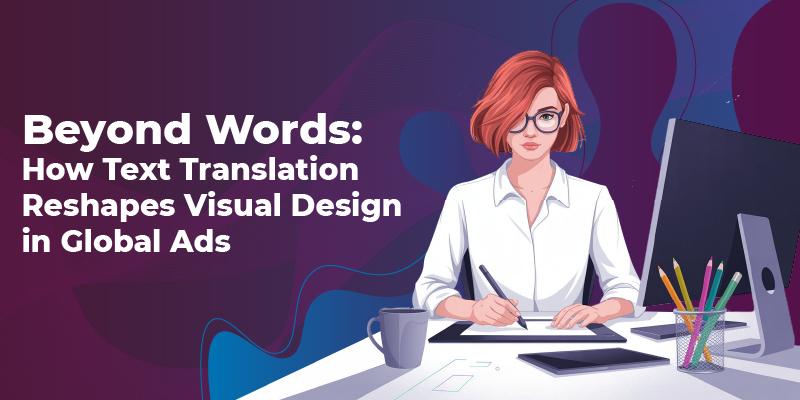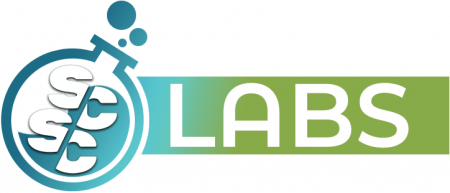
When you localize an ad, the copy doesn’t just change meaning: it changes shape. A single word swap can stretch a call‑to‑action button, crowd a headline, or throw off the balance of white space your design team has already designed to fit. Text and layout are inseparable, so every translation choice sends ripples through the creative.
When Words Redraw the Canvas
- Button bloat and shrinkage. “Buy now” in English might balloon into “Achetez dès maintenant” in French or compress to “Köp” in Swedish. If the button has a fixed width, you’ll either lose legibility or gain awkward padding.
- Headline overflow. Languages like German and Russian often run 20–30% longer than English. Without responsive text frames, a headline can wrap onto an unintended line, pushing images out of alignment.
- White‑space tension. Extra copy squeezes breathing room around visuals, while shorter translations can create empty gaps that feel unfinished.
More Than Semantics: Cultural Nuance
A word that sounds neutral in one market can erode trust in another. The classic Chevy Nova launch illustrates the point: “Nova” read perfectly well to U.S. drivers, yet in many Spanish‑speaking countries “no va” literally means “it doesn’t go.” Sales suffered until the model name was changed. Slang, homophones and regional connotations all sway perception. Before locking a line, run a regional sense check—an informal native‑speaker review often catches issues faster than formal testing.
Choosing the Right Translation Source
| Content Type | Suitable Method | Reason |
| Ad‑hoc social posts, exploratory headlines | AI/LLM with human review | Speed matters; minor tweaks are easy in‑app |
| Legal notices, terms and conditions | Pre‑approved database vetted by counsel | Compliance risk is high; wording must match filings |
| Brand slogans and value props | Approved glossaries stored in a translation memory | Consistency builds recognition; re‑translation introduces drift |
| Regulated claims (finance, health, pharma) | Certified translators + legal review | Local laws can penalize imprecise language |
Mixing methods lets you move fast without sacrificing reliability where it counts.
A Workflow That Marries Copy and Layout
- Centralize glossaries and legal strings. Store approved phrases in a translation memory, accessible via Translation Management Systems (TMS) such as Phrase, Lokalise, Smartling or Transifex. These platforms offer APIs that plug directly into creative workflows—giving both designers and linguists fast, consistent access to pre-approved copy.
- Plug AI into your review loop. Use LLMs for first drafts, then route high‑risk copy to native reviewers.
- Design with dynamic components. Auto resize CTAs, let headlines re‑flow, and set min‑max text thresholds in your design system.
- Leverage connected DAM workflows. Santa Cruz Software’s LinkrUI ties Adobe apps to your DAM so designers pull region‑specific assets and copy without manual copy‑paste.
- Prototype early in multiple languages. Drop translated text into mock‑ups before final approval—layout issues surface sooner and cost less to fix.
In global advertising, every word is a design element. Treat translation as part of the layout process—supported by the right mix of AI speed, legal precision, and glossaries—and your visuals will stay balanced, compliant, and culturally on point.

